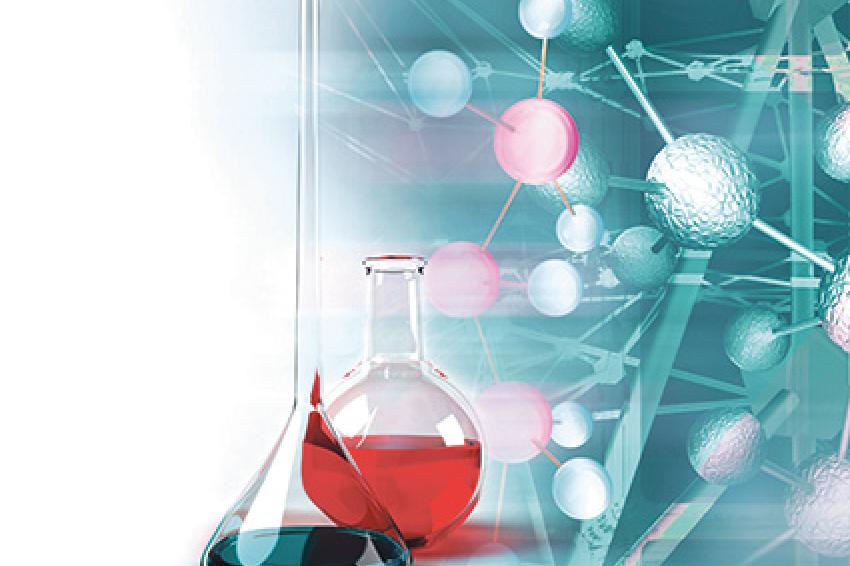PCRAMS is a Booming Business
Outsourcing Enhances Flexibility and Efficiency of Pharma Research and Manufacturing Processes
Global Growth - Milan-based Chemical Pharmaceutical Association (CPA) recently published the report "The World Pharmaceutical Contract Research and Manufacturing Services Industry," or "The World PCRAMS Industry."
The report analyzes this industry in detail by geographical area or country, business segment, market trends, industry structure, strategies for competing, and major players.
Overall the pharmaceutical contract research and manufacturing services industry - including both contract research organizations (CROs) and contract manufacturing organizations (CMOs) - has seen revenues rise at an average 10.8% yearly rate in the past 12 years to reach more than $70 billion by 2012, with peaks up to 26% year over year in China and even more in India. The substantial growth of the global PCRAMS industry is related to a series of factors: sanitary cost containment policies adopted by health authorities in most countries, increasing competition in the pharmaceutical industry and rising R&D costs that have pushed many pharmaceutical companies to seek low-cost alternatives for research and manufacturing. The greatest advantage of outsourcing is the positive effect it has on both flexibility and efficiency of the manufacturing process, turning fixed costs into variable ones.
Breaking Down The Market
The anti-cancer segment has registered the fastest growth in recent years within the global pharmaceutical contract research and manufacturing business.
Of the global pharmaceutical contract research and manufacturing market, manufacturing accounts for the largest share; clinical trials account for nearly 50% of global pharmaceutical contract research.
Of the global pharmaceutical contract manufacturing business, active pharmaceutical ingredients (APIs) and advanced intermediates account for nearly 65%.
Though pharmaceutical contract manufacturing in the next years will be driven mainly by manufacturing and development of finished dosage forms (mainly in Asia, particularly in India), contract manufacturing of APIs and advanced intermediates will remain the dominant sector. The contract manufacturing of APIs and intermediates is divided in two sub-segments: toll manufacturing and custom synthesis. Custom synthesis is expected to rise faster than APIs toll manufacturing, albeit from a lower basis, since it is a high-value and more innovative business. APIs custom synthesis requires multi-year expertise and knowledge.
The West Dominates
Currently North America and Western Europe dominate the PCRAMS market, accounting for around 60% of the global business; Japan accounts for 5.7%.
The share of North America and Western Europe in the global pharmaceutical contract research business is even larger: around 68%. Japan accounts for 9%.
North America and Western Europe together account for around 56% of pharmaceutical contract manufacturing, and Japan accounts for 4%.
In the sub-segment of APIs custom synthesis, the U.S., Western Europe, Japan and Australia account for around 65%; India and China have the largest share of the remaining 35%.
In the U.S., pharmaceutical contract research and manufacturing is characterized by:
- High focus on innovative R&D, new chemical entities (NCEs), nondisclosure agreements and abbreviated new drug applications (ANDA).
- High focus on clinical trials: It is estimated that around 50% of all recently conducted Phase I clinical trials in the world have been conducted in the U.S., and about 46% of all Phase III clinical trials conducted in the world have been conducted in the U.S.
- Custom synthesis of complex molecules and innovative molecules or molecules requiring hazardous reactions to be manufactured.
- Increasing focus on niche fields such as targeted therapeutics.
In Western Europe around 63% of recently conducted Phase I clinical trials have been conducted in five countries: England, Germany, France, Belgium and the Netherlands. The main strength of the Western European PCRAMS industry is its high productivity coupled with high flexibility. That makes the qualitative difference with the Eastern European and Asian PCRAMS industry.
Emerging Markets
In Eastern Europe, Poland and the Czech Republic are major emerging countries in pharmaceutical contract manufacturing. The PCRAMS business in these countries is in the hands of a limited number of players; the products' portfolio of Eastern European CMOs, however, is generally more limited than their Western European competitors. In their specific competence segments, Polish and Czech CMOs are sometimes preferred over Asian competitors (particularly Chinese competitors) in spite of their higher manufacturing costs, because of their better compliance with EU standards.
India and China dominate the Asian PCRAMS industry. There are some differences between the Chinese and the Indian PCRAMS framework. Whereas new drug discovery accounts for only 5%-6% of total Chinese CROs revenues, in India, though this activity is still in its infancy, the incidence is almost triple: 15%-20%. In addition, the share of Indian CMO revenues deriving from custom synthesis of APIs and advanced intermediates (the most qualified business within pharmaceutical contract manufacturing) is double if compared with Chinese CMOs.
India is becoming one of the most favored destinations for pharmaceutical outsourcing by both drug innovators and drug manufacturers overseas, because of its product mix, improved process engineering, development of new chemical processes and low labor costs - among the lowest and most slowly increasing ones in Asia. Custom synthesis, medicinal chemistry and clinical studies are emerging areas in which Indian companies are attractive for new business development.
Pharmaceutical contract research and manufacturing as a whole is shifting away from Western to emerging and Asian countries. However, the specific segment of API custom synthesis, mainly focusing on new APIs, in the medium term will remain a prerogative of the West, especially regarding the synthesis of niche value products (such as high-potency APIs) or those active ingredients with an uncertain development future and sure challenges.
The emerging areas, however (with India at the top followed by China) will show the fastest growth rates: By 2017, the U.S. and Western Europe will account for around 53% of the global API custom synthesis market, compared with 61% in 2012; India will account for 18.8% up from 13.1% in 2012 and China for 13.2% up from 10% in 2012.
Contact
CPA Chemical Pharmac. Ass.
Viale Fulvio Testi n. 223
20162 Milano
Italy
+390/2/67380474
+390/2/6692373





